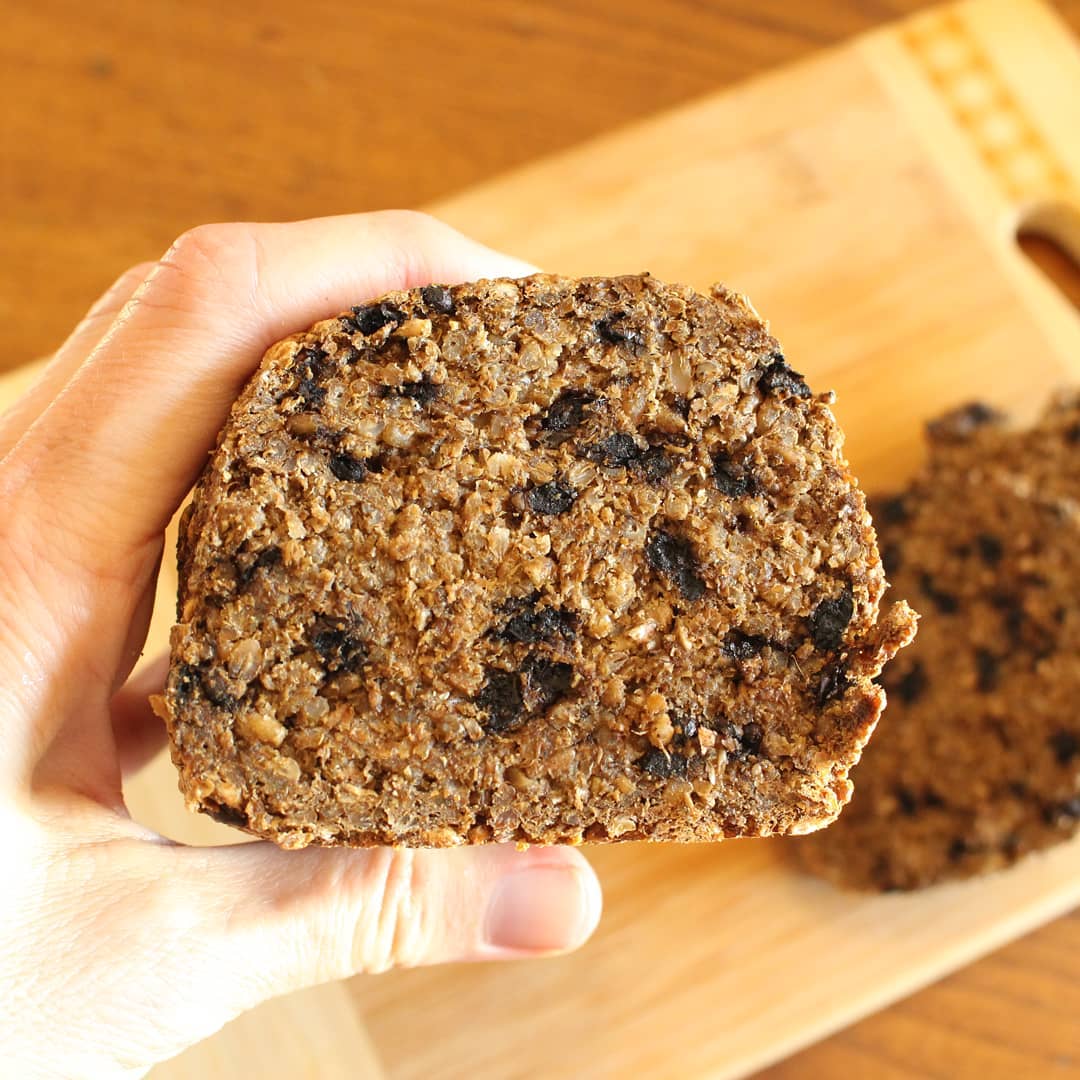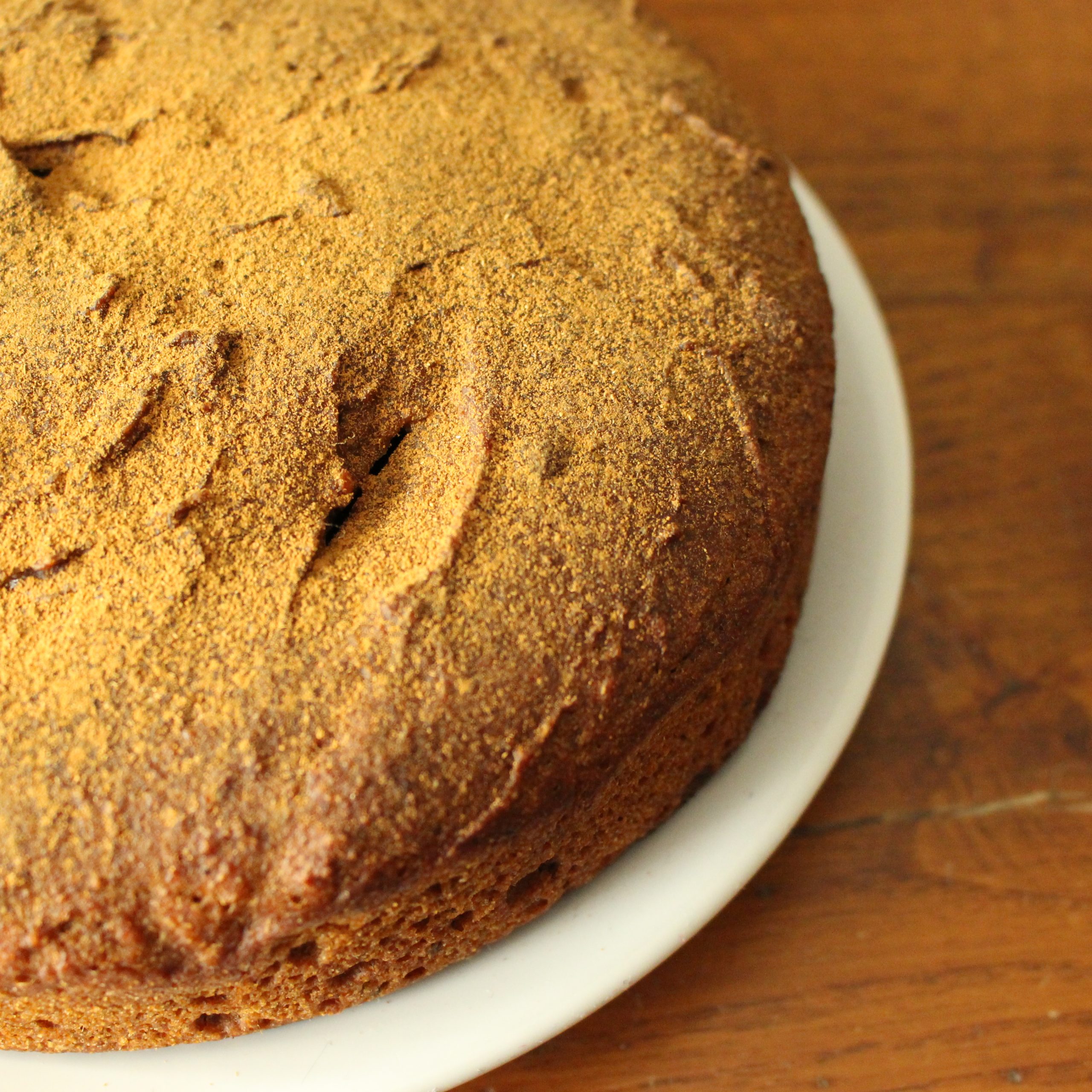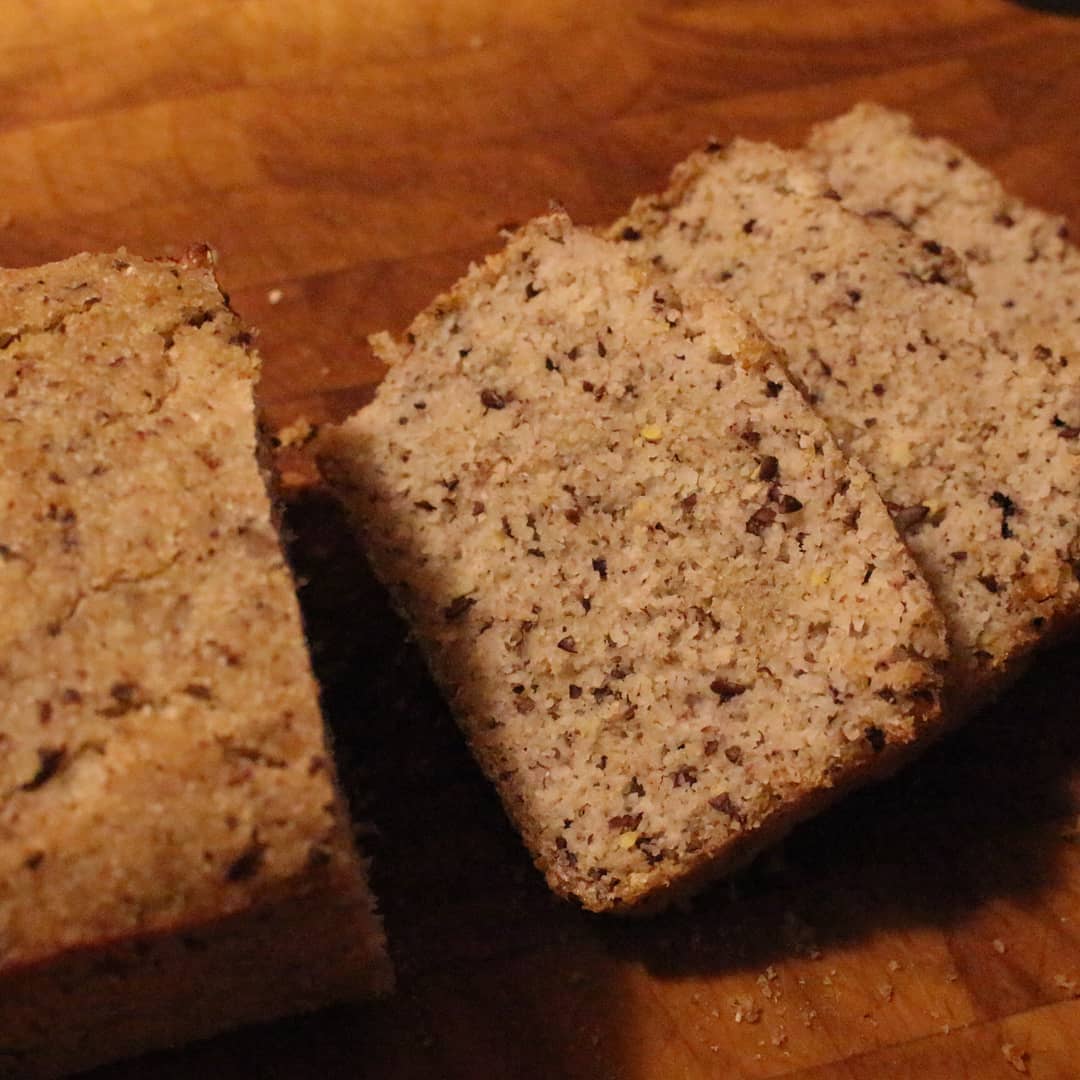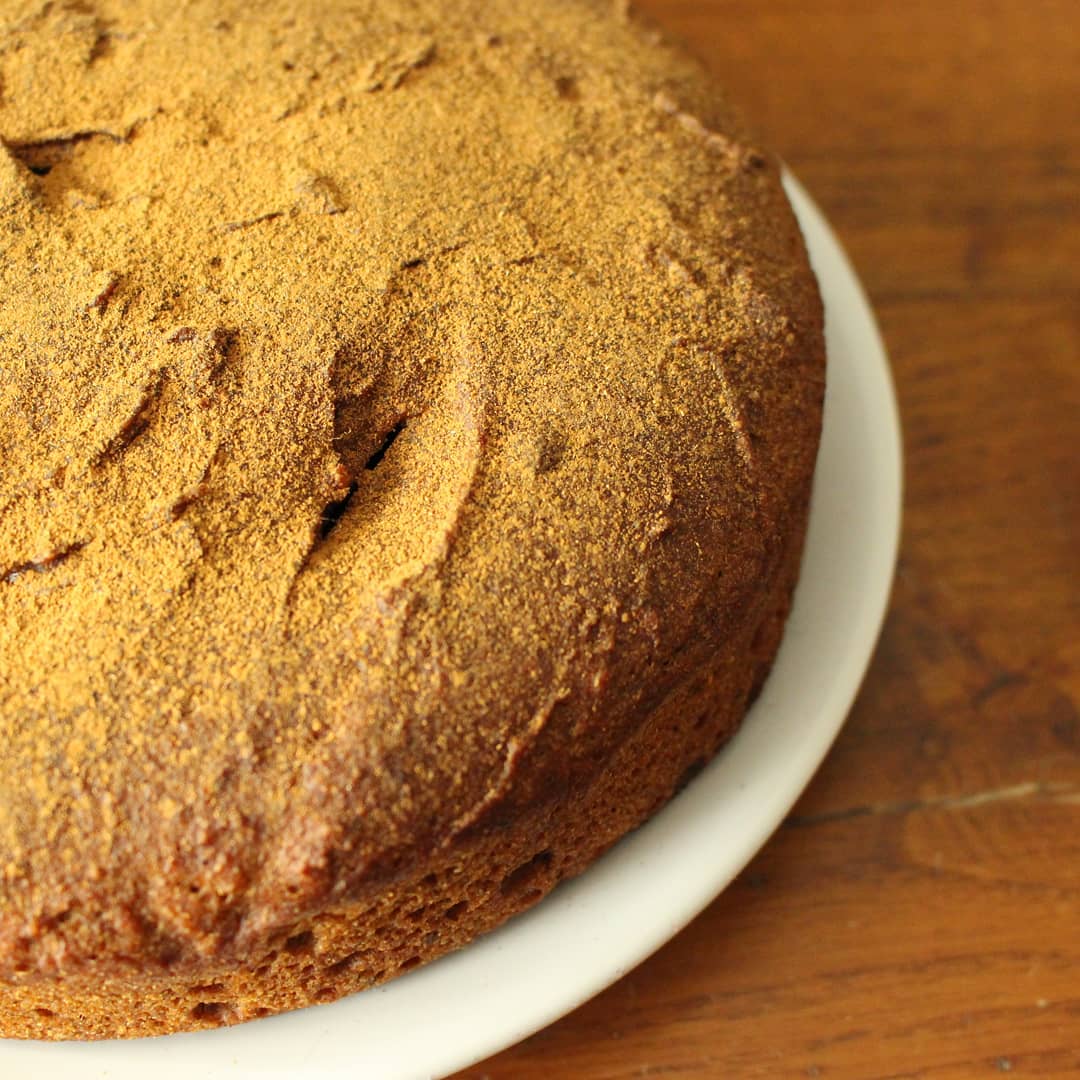Pumpernickel-style sourdough made with rye grains that had previously given me ancient ale! . I love that after sieving my rustically-fermented rye brew, I can use the ‘waste’ to create something more. Here, I dehydrated the spent grains and added rye sourdough starter, some chocolate barley malt, molasses and salt. After an overnight ferment, it baked up beautifully. . It’s delicious warm with melting butter (but what bread isn’t?!). More pictures in my story today.

Pumpernickel-style sourdough made with rye grains that had previously given me ancient ale!
.
I love that after sieving my rustically-fermented rye brew, I can use the ‘waste’ to create something more. Here, I dehydrated the spent grains and added rye sourdough starter, some chocolate barley malt, molasses and salt. After an overnight ferment, it baked up beautifully.
.
It’s delicious warm with melting butter (but what bread isn’t?!). More pictures in my story today.










